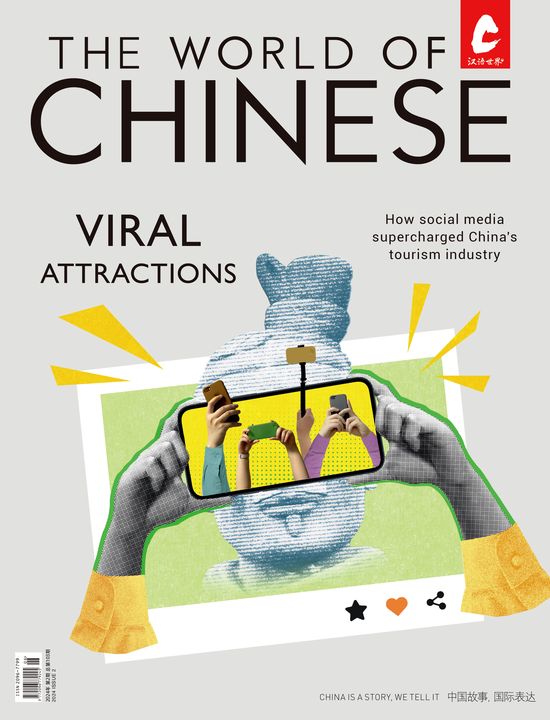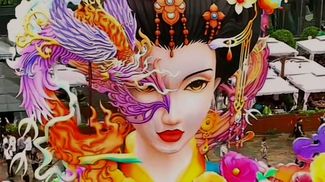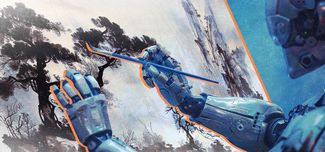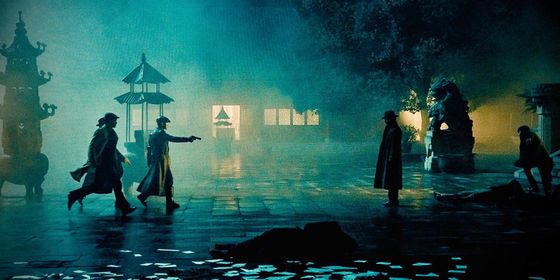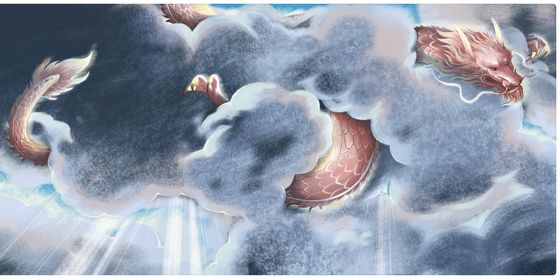Facing an increasingly competitive job market, the battle to enter China’s civil service seems more ruthless than ever—though it’s really the continuation of a millennia-old struggle
In 2023, over 1.5 million people took China’s national civil service exam. With only 37,100 positions available, there were approximately 41 applicants for each position—an acceptance rate of 2 percent.
The competition for coveted government positions was no less intense in ancient China, when the imperial examination system, or keju (科举), provided a direct route for scholars to become government officials. Scholars could take multiple tests from the county level all the way to the imperial level, and they were mainly assessed on their knowledge of Confucian texts. Song dynasty (960–1279) poet Wang Zhu (汪洙) described the life-changing potential of the keju system in one of his poems, writing, “A peasant at dawn, transforms into a throne-side guest by night (朝为田舍郎,暮登天子堂).”
However, the keju system was not the sole path to an administrative career. Some historical dynasties developed methods for selecting civil servants that might seem rather unconventional by modern standards:
